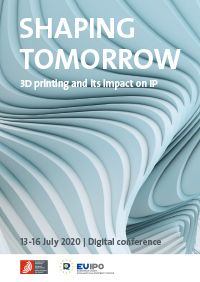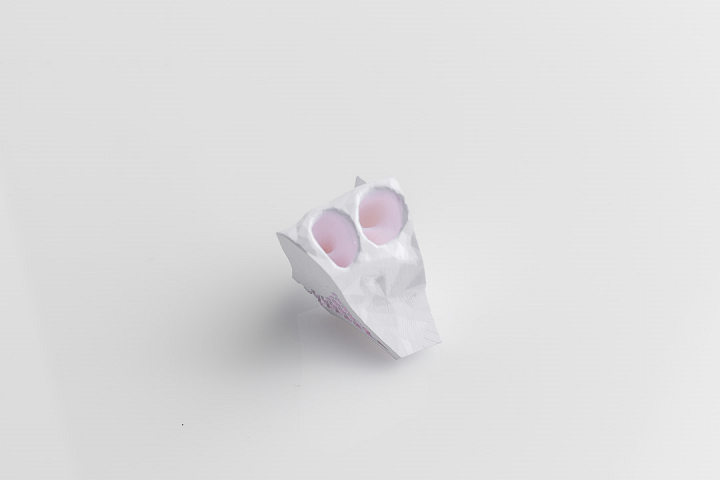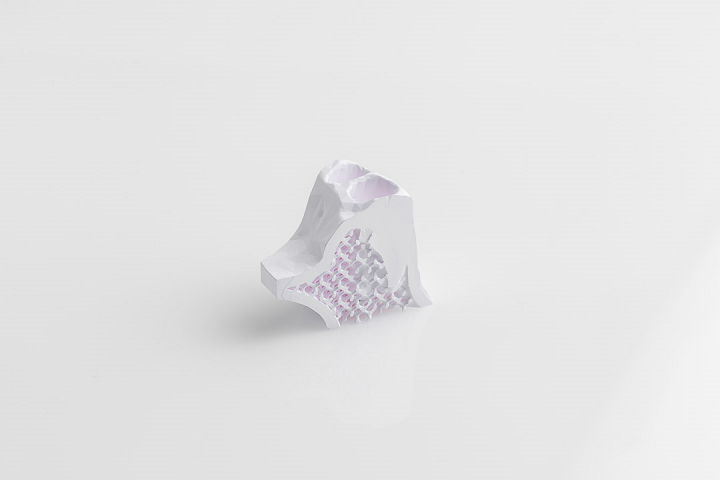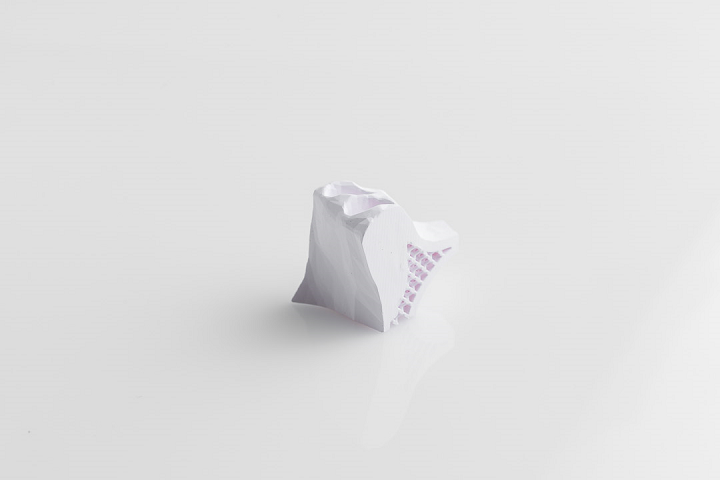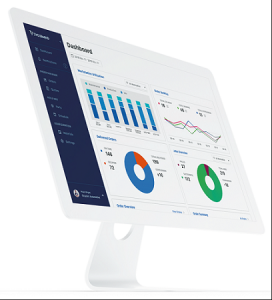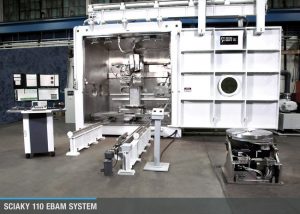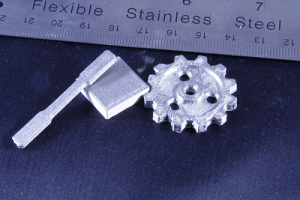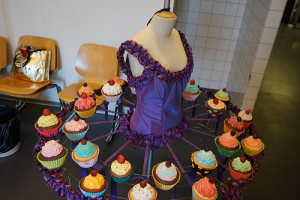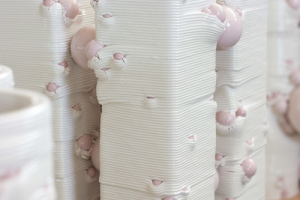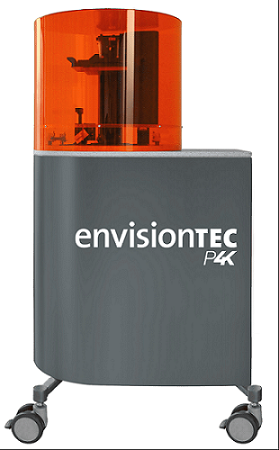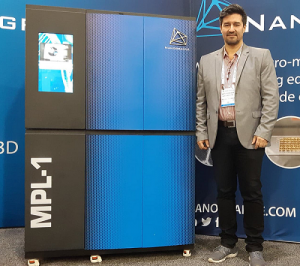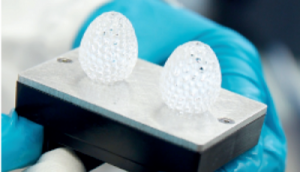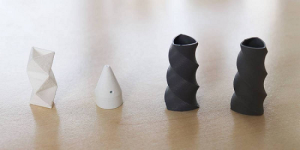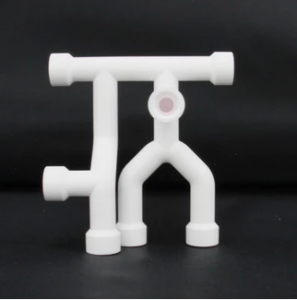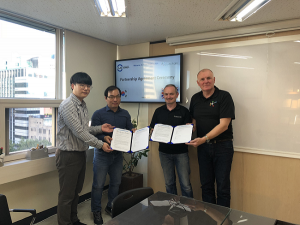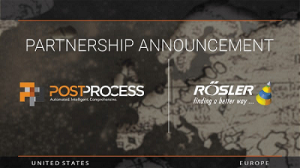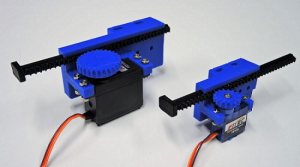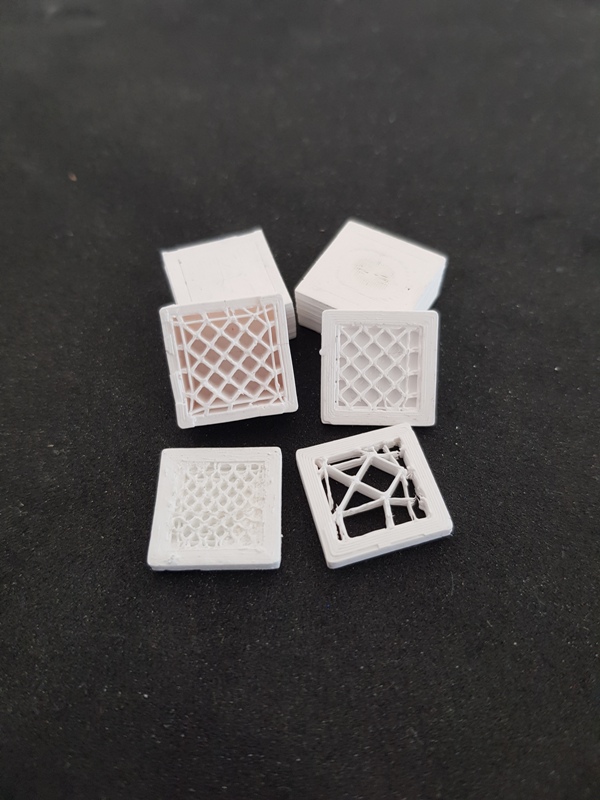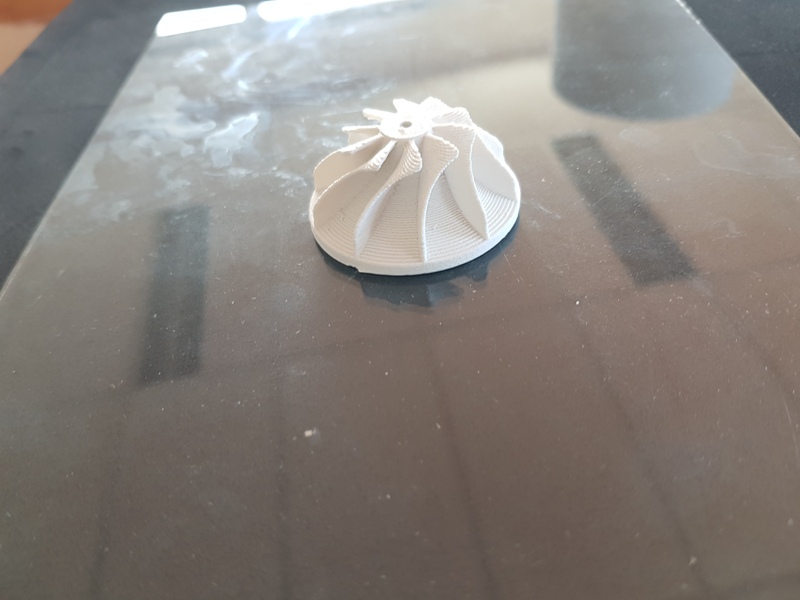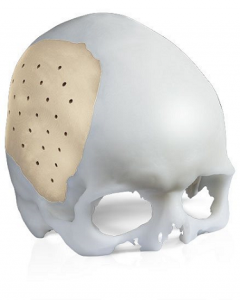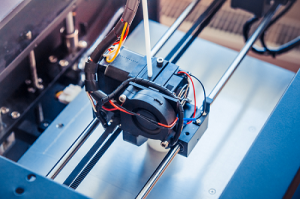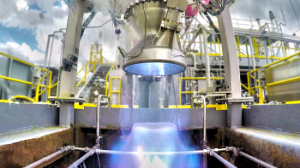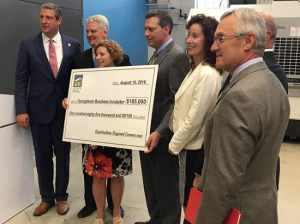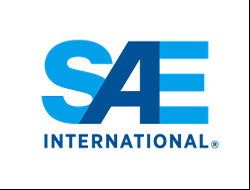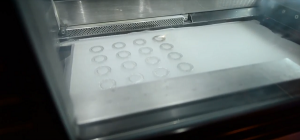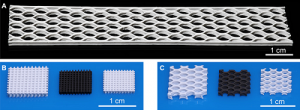We’ve got six webinars and virtual events to tell you about in this week’s roundup, including two about ceramics 3D printing, one focused on patents and another on pharmaceuticals, a live tour, and a live look at 3DEXPERIENCE. A few of these are taking place today…read on to learn the details!
Patents in Additive Manufacturing
The European Patent Office (EPO), one of the largest public service institutions in Europe, is launching a new study on Monday, July 13th, titled “Patents and additive manufacturing – Trends in 3D printing technologies,” to offer evidence that Europe is a global 3D printing innovation hub. Ahead of the launch, there will be a panel discussion between EPO president António Campinos and Christian Archambeau, Executive Director of the European Union Intellectual Property Office (EUIPO), and then the EPO’s Chief Economist, Yann Ménière, will present the study.
The study is part of a four-day digital conference, from July 13-16, regarding the impact of 3D printing intellectual property, organized by the EPO and the EUIPO and including speakers like Isinnova founder and CEO Cristian Fracassi and stereolithography inventor Chuck Hull. You can register for the entire conference here.
3D Printing in Pharmaceuticals and Dietary Supplements
From 9 am to noon each day July 13-16, the US Pharmacopeia (USP) and International Association for Pharmaceutical Technology (APV) will be co-hosting a virtual workshop series, “The Promise of 3D Printing in Pharmaceuticals and Dietary Supplements: Quality and Standards Considerations,” that will look at how pharmaceutical and supplement 3D printing is progressing near and at point-of-care (POC), standards and guidance, and potential applications. Several key objectives of the series including discussing quality management needs in areas like testing, design optimization, and terminology, understanding best practices, engaging stakeholders to look at 3D printing progress in health and wellness, and determining what quality needs can be fulfilled with better guidance and standards.
These webinars are suggested for POC healthcare practitioners, 3D printing enthusiasts and industry professionals, pharmaceutical industry stakeholders, and business and science leaders from academic institutions, companies, and advocacy/professional organizations related to personalized health. You can register for the webinar series here. You can select which days you want to join, though USP and APV encourage total workshop attendance.
Exploring 3DEXPERIENCE WORKS Live
Also on July 13th, 3DEXPERIENCE experts John Martorano III and Gian Calise will begin hosting a live webinar series focused on exploring 3DEXPERIENCE WORKS. In this series of webinars, which will take place every other Monday, Calise and Martorano will answer all your questions about the platform in a fun, yet informative way. Each session will feature a different 3D design workflow, along with best practices and tips, and guest appearance from other SOLIDWORKS experts.
At the end of every webinar session, attendees can also take a poll to suggest future topics. Register for the webinar series here.
Lithoz on 3D Printing Ceramics
The first ceramics webinar this coming week will be held by Lithoz on Wednesday, July 15th, at 10 am EST, and titled “Ceramic 3D printing: advancing new applications in AM.” For the first 30 minutes, webinar moderator Davide Sher, the co-founder and CEO of 3dpbm, and Lithoz co-founder and CEO Johannes Homa will discuss the unique properties of the material, talk about how ceramics can benefit AM applications in a variety of applications, and provide some insight into LCM technology. The final 15 minutes will be reserved for Q&A.
“The impact of 3D printing is today being felt far beyond the metal and the plastic industry. This is particularly true in the world of ceramics, where processes such as Lithoz’ ceramic 3D printing technology are unlocking new applications which were previously impossible.”
Register for the free webinar here. If you miss this one, Lithoz will be holding another webinar about ceramics in August.
Live Tour of Ricoh 3D
Also on July 15th, Ricoh 3D will be offering a live tour of its Additive Manufacturing Centre, since COVID-19 is keeping it from offering an in-person look at its AM, metrology, and process control capabilities. During the tour, you’ll get a chance to see the company’s in-house 3D printing technology, in addition to learning from its material and design experts how AM can benefit your business in a low-risk way, meaning without any “capital expenditure commitments.”
The tour will take place at 10 am EST, and will also discuss more advanced 3D equipment, services, and technologies. Register for the live tour here.
Ceramics Expo 2020 Webinar
This week’s second webinar on ceramics will be held at noon EST on Thursday, July 16th, by Ceramics Expo, the largest annual trade show in the US for the technical ceramic and glass industry. The webinar, “Accelerating the Commercialization Process of Ceramic Materials to Stimulate Growth in the Wake of Covid-19,” will discuss how to speed up commercialization to stimulate growth for the glass and ceramics supply chain, how regulation helps or hurts this process and if the pandemic has changed it, and how glass and ceramics manufacturers can “work with their clients to ensure continued investment in new product development.”
“By making more efficient the processes of material characterization, prototype production and material optimization, the reduction in cost and resources will help give ceramic materials an edge over those which may have a shorter and less expensive process. This session is designed to help bridge the gap between research and engineering in order to accelerate the process of scaling up new products.”
Register for this ceramics expo here, and the Ceramics Expo Connect virtual event in September here.
Do you have news to share about future webinars and virtual events? Let us know!
The post 3D Printing Webinar and Virtual Event Roundup, July 13, 2020 appeared first on 3DPrint.com | The Voice of 3D Printing / Additive Manufacturing.

